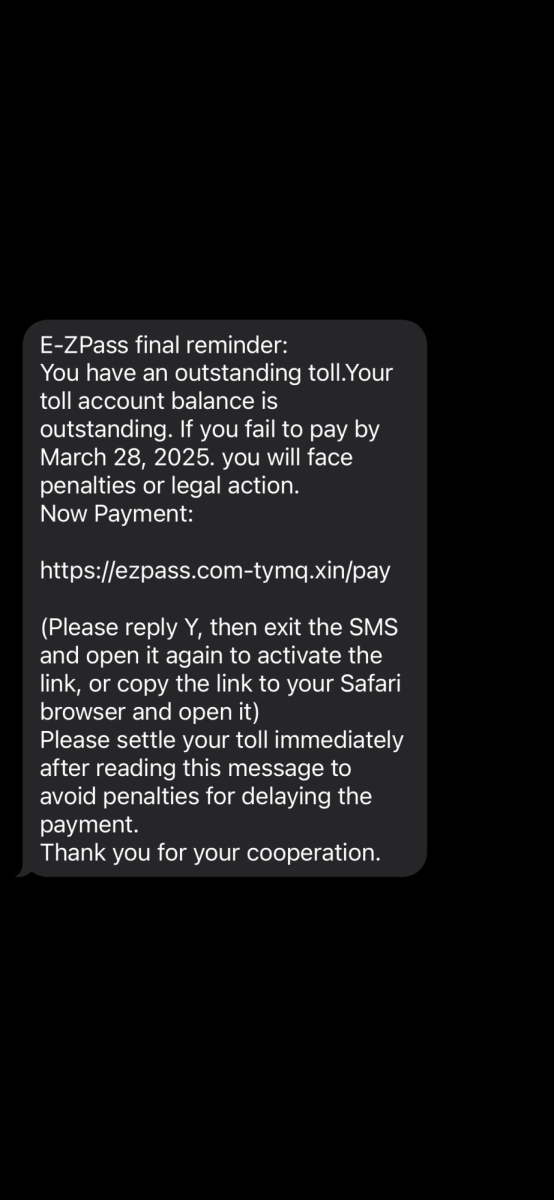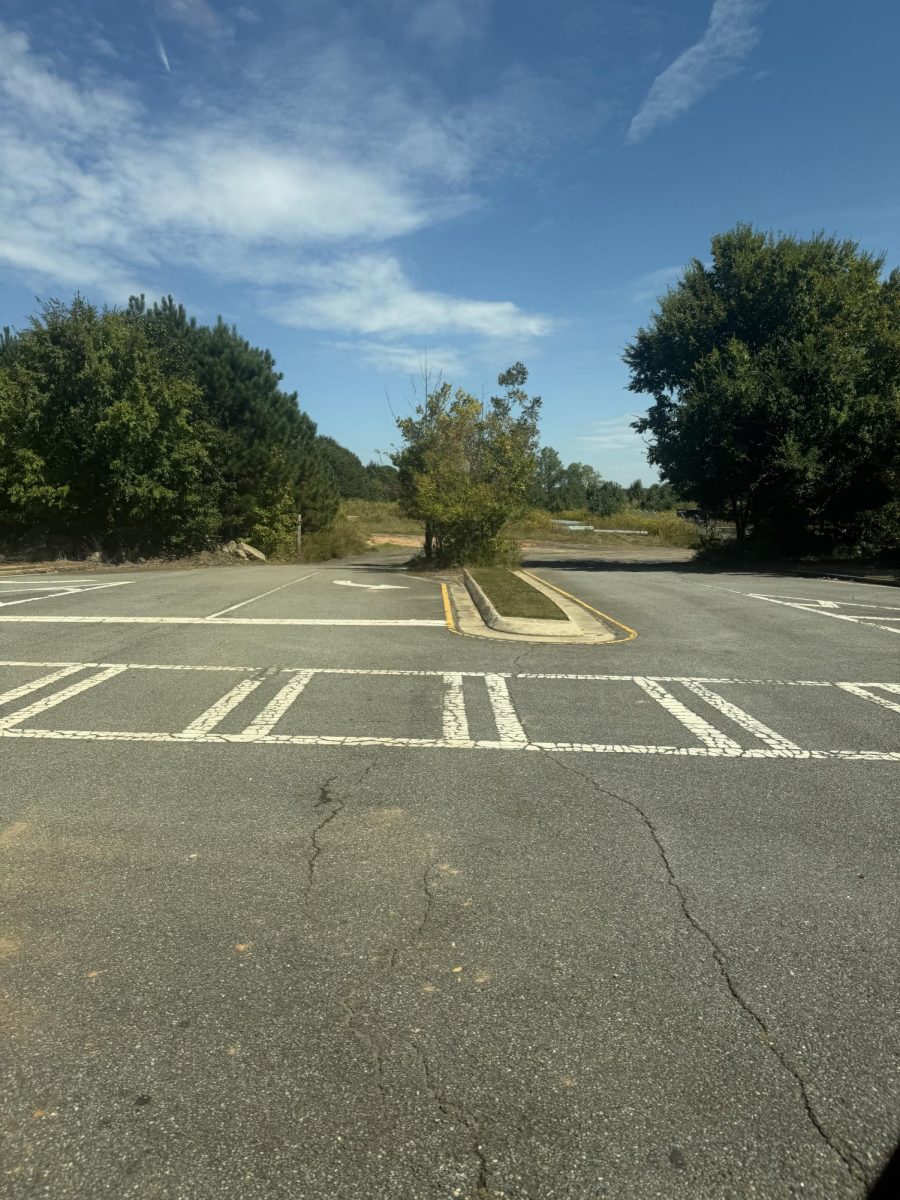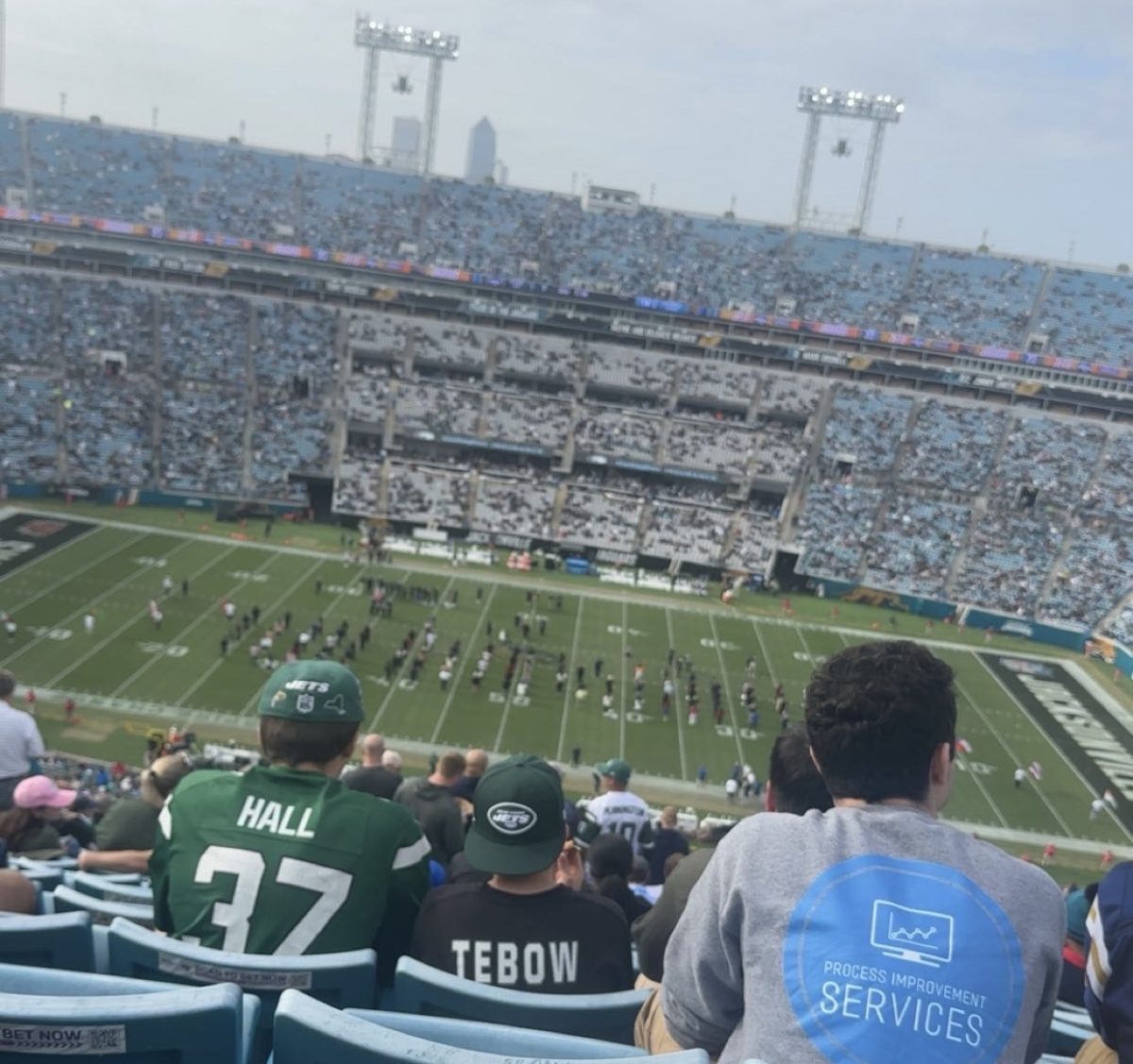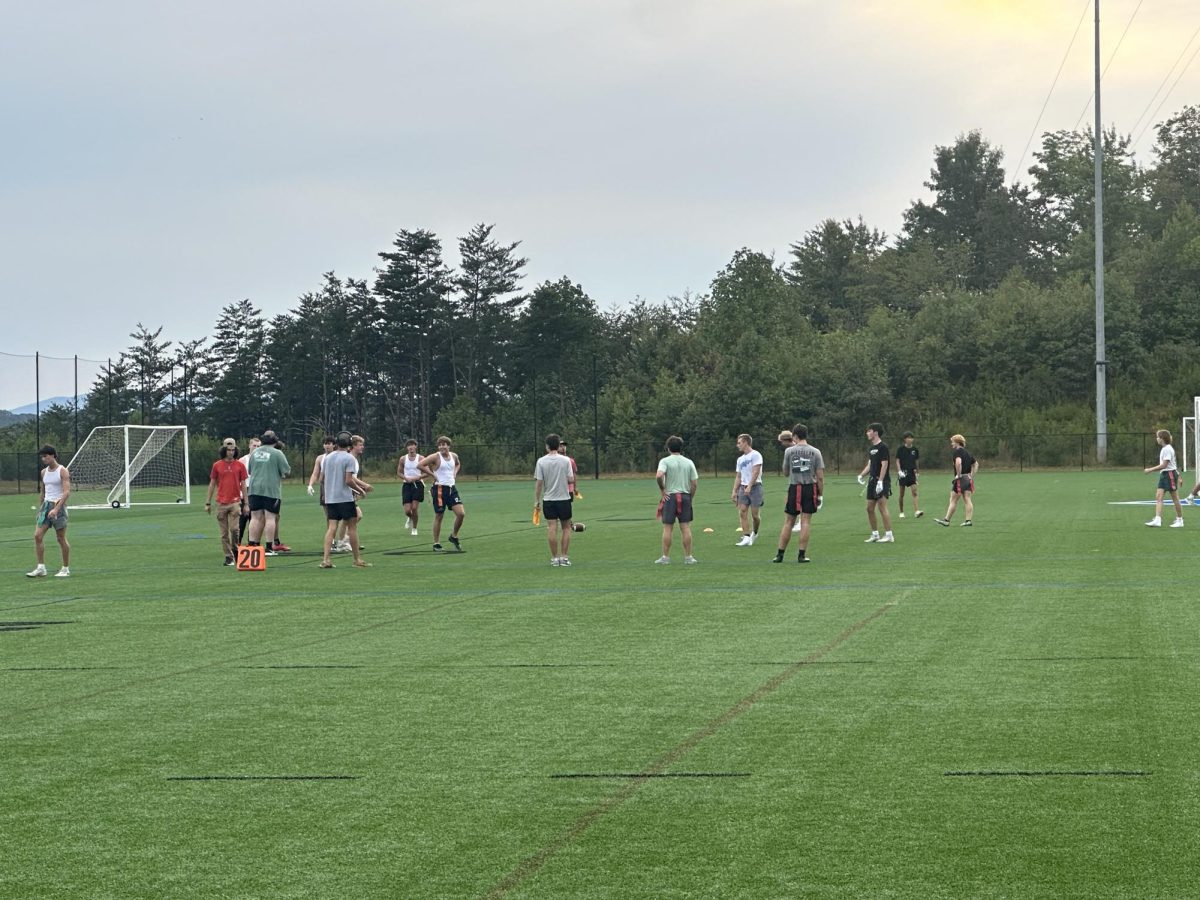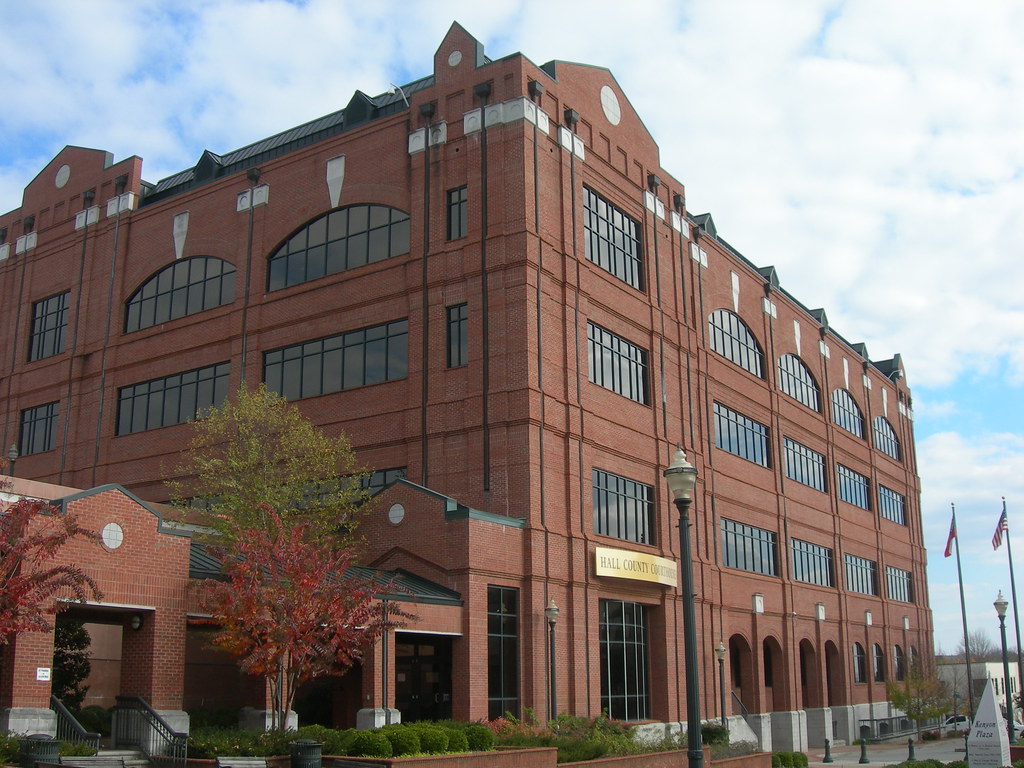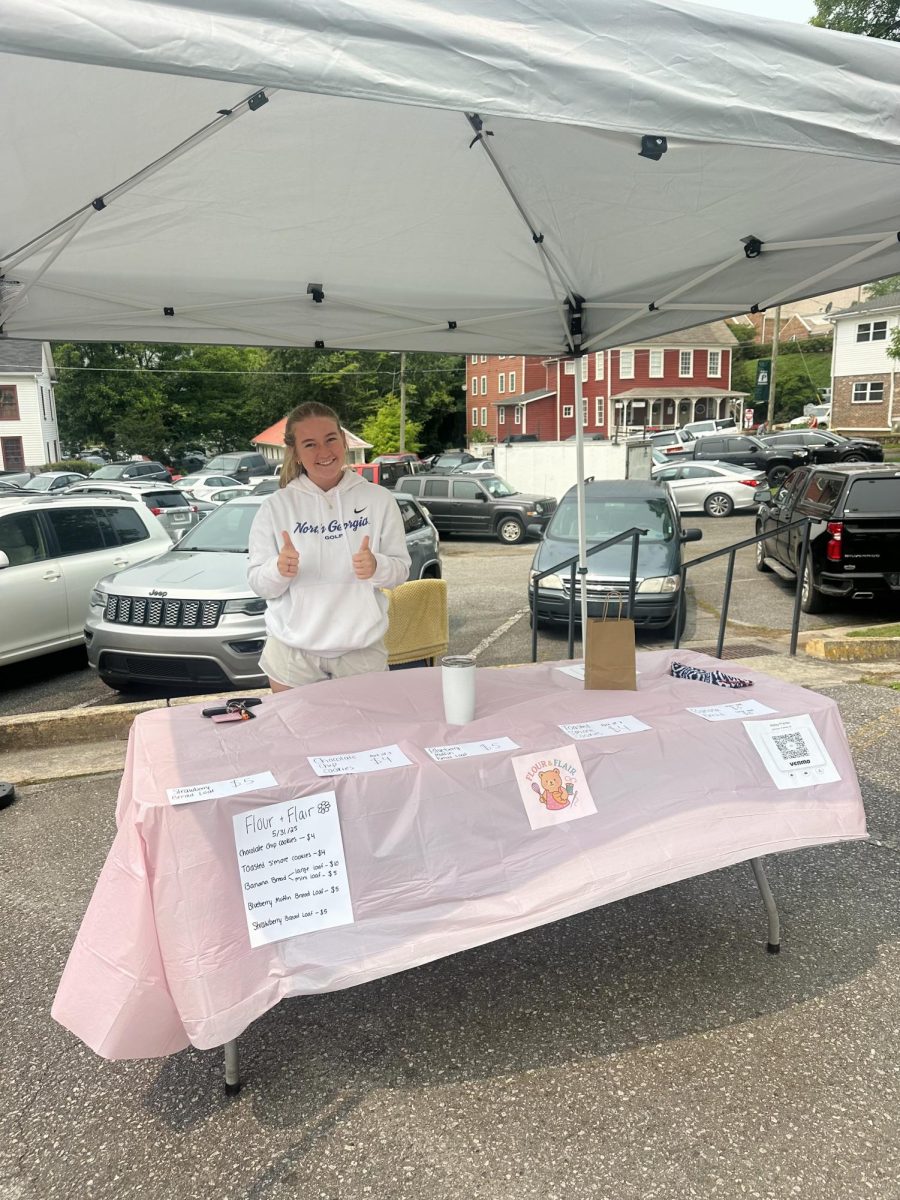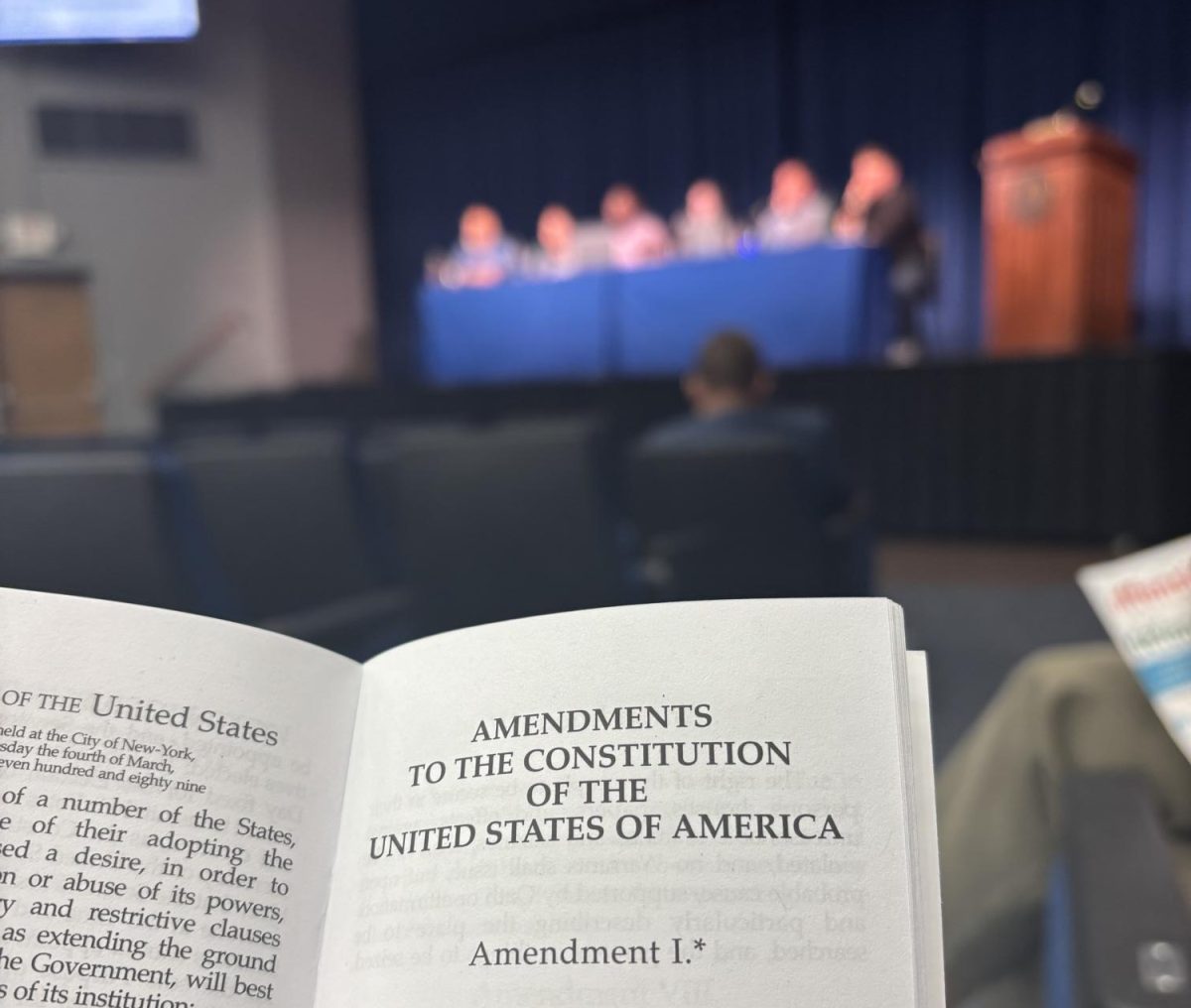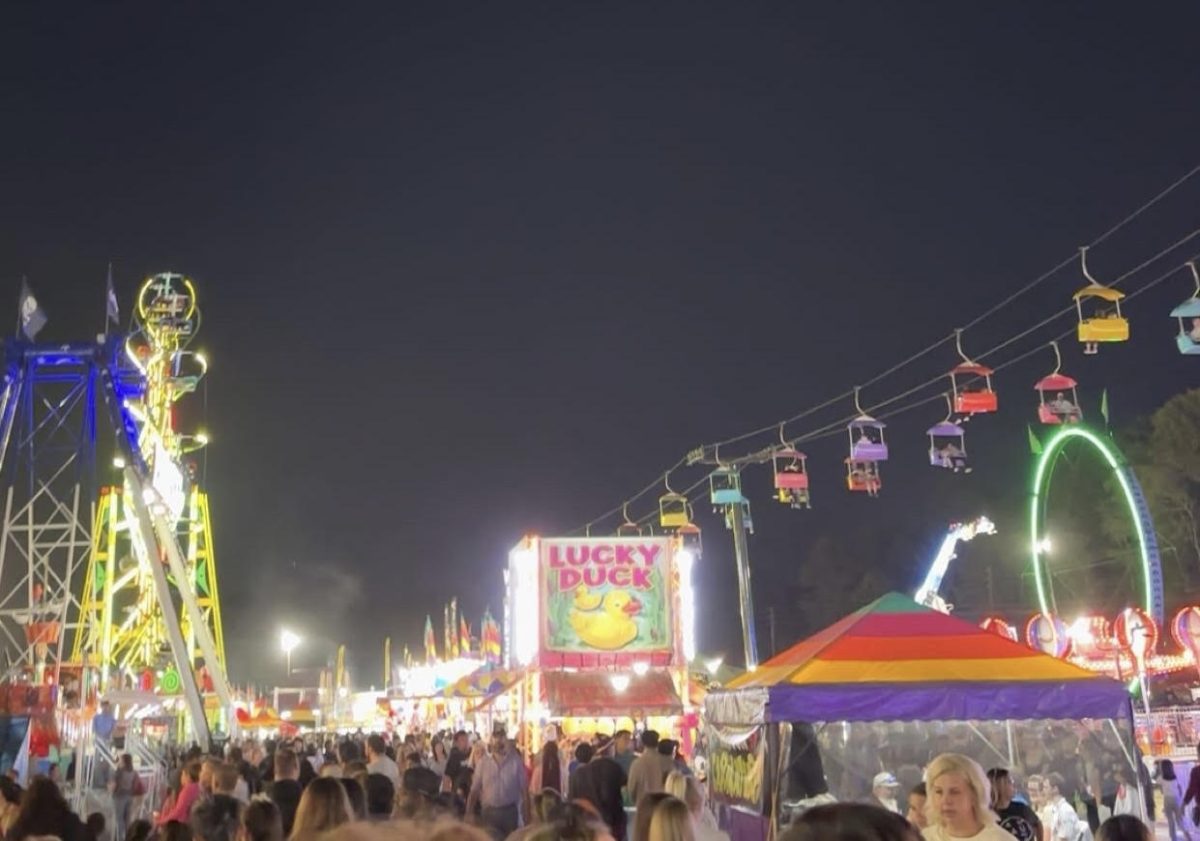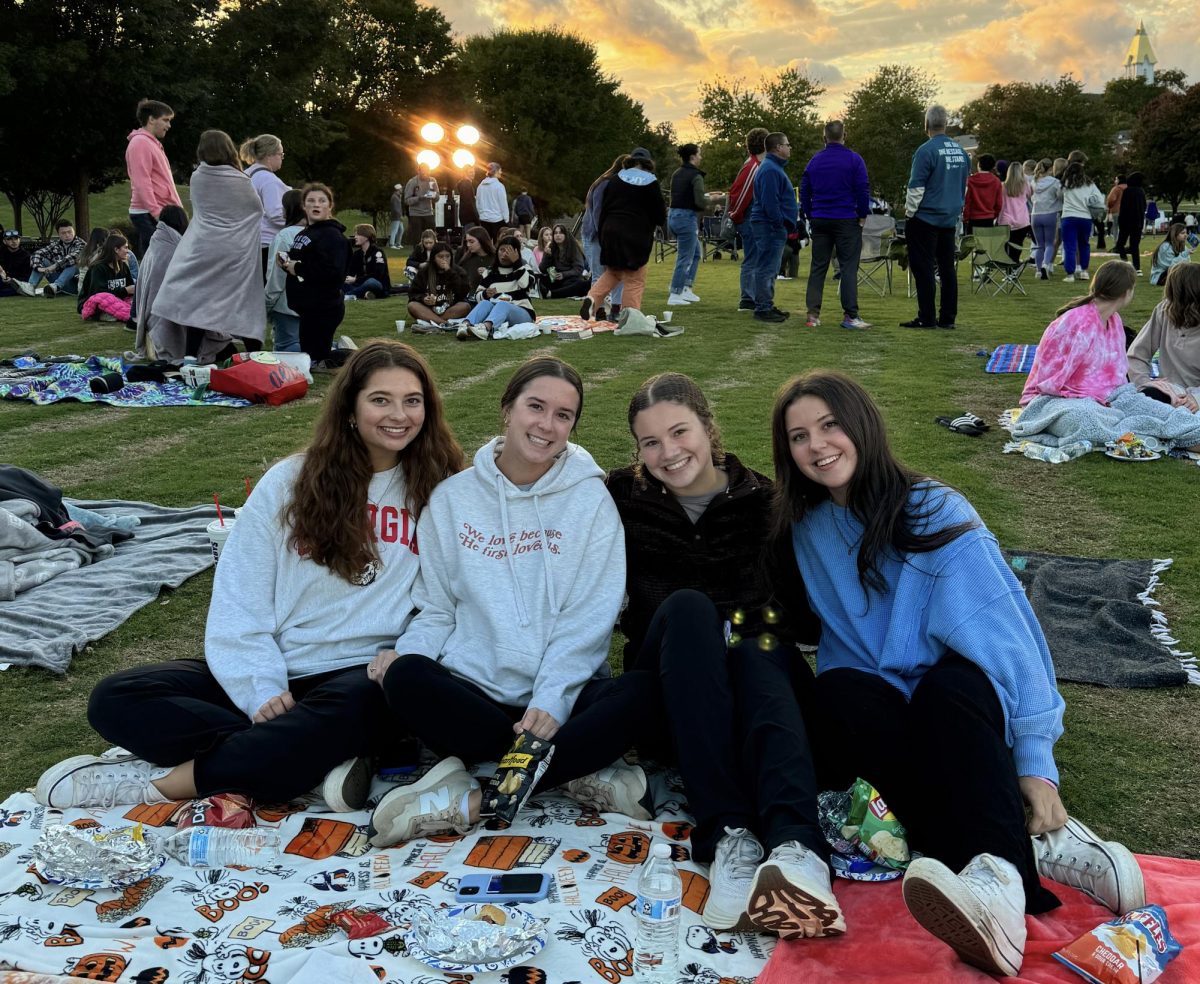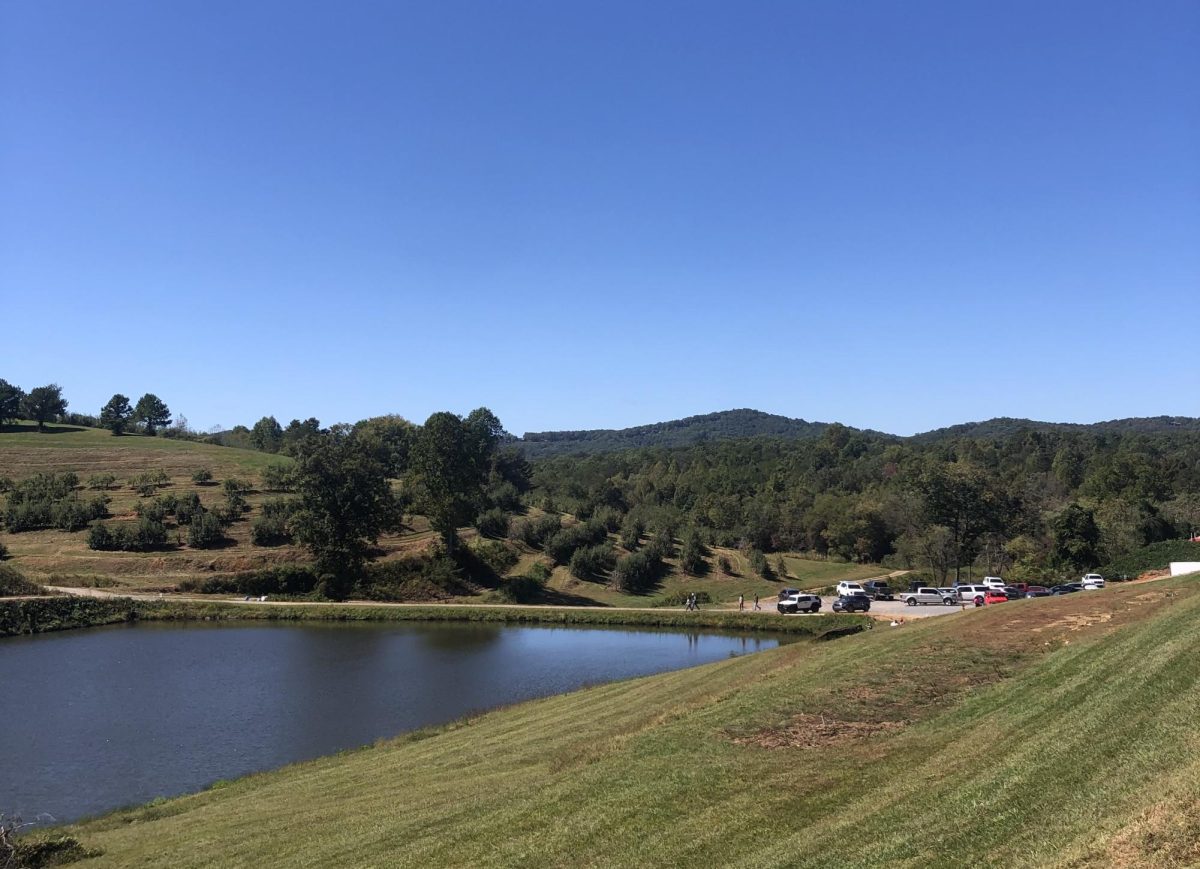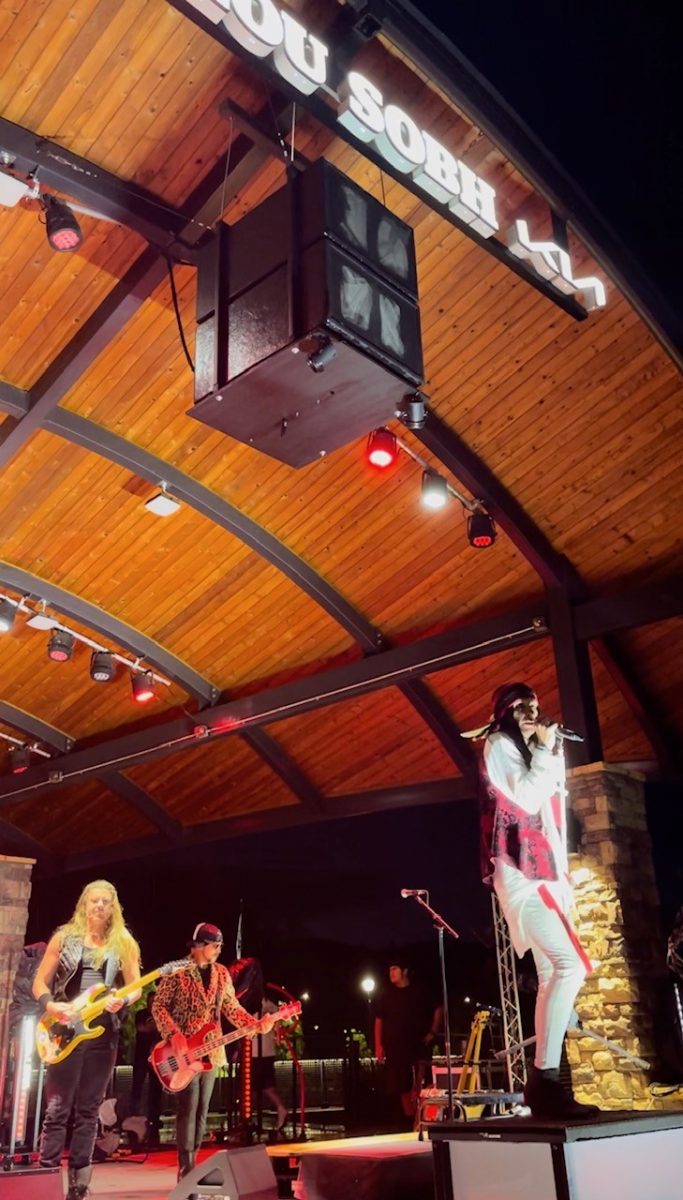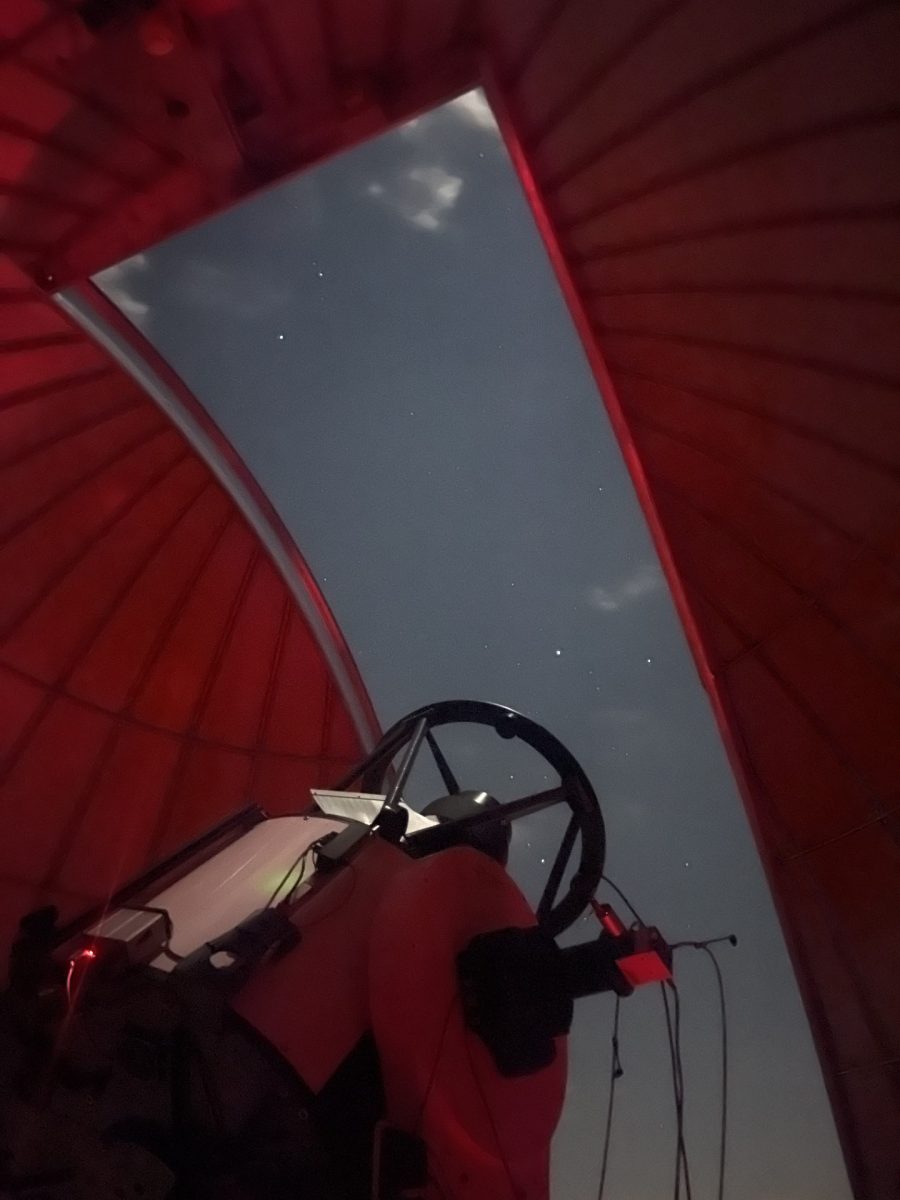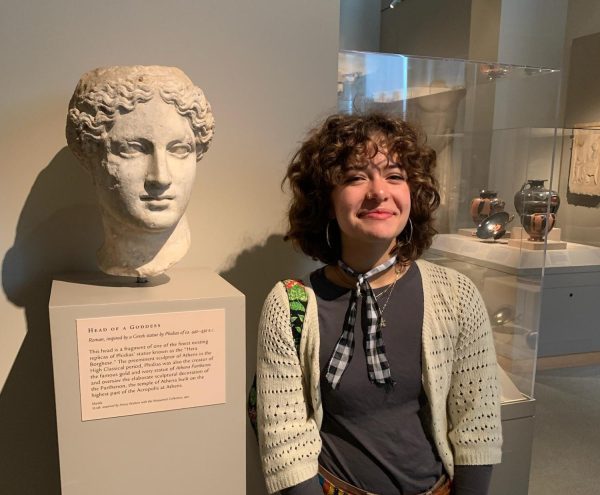February has in store a “planetary parade” in the night sky. This “parade” refers to the visual alignment of the planets Venus, Jupiter, Mars, Uranus, Mercury, Neptune and Saturn, although only four of these planets (Mars, Jupiter, Venus and Uranus) can be seen in a clear sky without access to a telescope or binoculars.
Six of these planets are already in this formation. On Feb. 28, the seventh planet will be visible (Mercury) just after sunset forming this rare seven-planet alignment. By March 1, Saturn will leave the night sky.
Planetary alignment is when three or more planets gather closely on the same side of the sun. These planets align due to their orbital paths around the sun at their different speeds and distances on a flat plane called the ecliptic.
Santino Navaroli, a junior University of North Georgia Cybersecurity major and an observatory staff member, said, “The planetary alignment of 2025 refers to the period of time when all the planets formed an arc in our sky and were all visible for a period just after sunset.”
“The planets did not physically align in their orbit, rather they were aligned as such that they were all visible at the same time.” – Santino Navaroli, UNG Junior Cybersecurity major and observatory staff member
Although the alignment of planets is not uncommon, researchers have found that this rare configuration of all seven planets will not happen again until the year 2028.
UNG’s Astronomical Observatory, located in Dahlonega, Georgia, is open to the public for telescope viewings on Fridays from 8 p.m. to midnight, weather permitting. Navaroli mentioned that during the public viewings, guests are able to view a majority of these planets, although Mercury is out of the field of view. Neptune and Uranus appear as small blue dots even through the telescope.
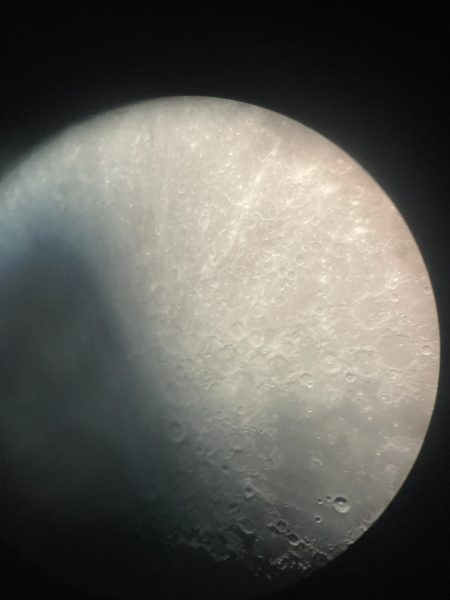
Although planets have gravitational influence on one another, planetary alignments such as this one do not affect the orbits of the planets involved. Navaroli explained that it is normal for visual planetary alignments to occur every few years or even every few decades.
Navaroli mentioned that at the observatory, “We were curious to see when a legitimate planetary alignment (where the planets would appear behind one another) would occur, and it turns out that won’t be happening until roughly 2400 AD.”
Depending on the time of the year, observatory visitors are able to see many different objects. Planets, stars, nebulae, star clusters and even neighboring galaxies are visible. Telescope operators hand pick the objects that the public will view on available nights to ensure that visitors are getting the best viewing experience.


